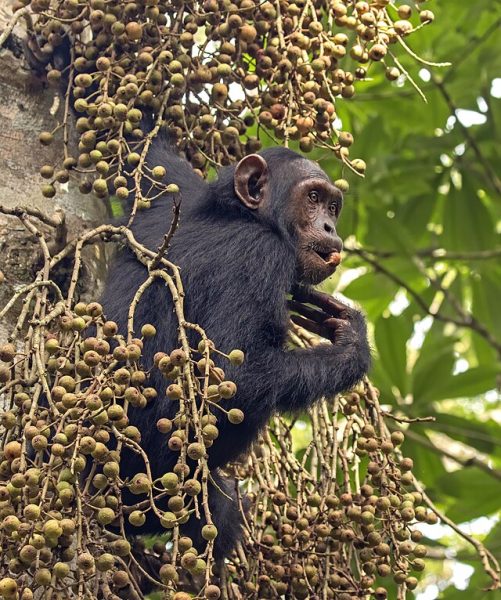Artificial intelligence, also known as AI, is revolutionizing how researchers study and understand animals, opening new doors in fields such as behavior analysis, communication decoding, and conservation.
Traditionally, scientists relied on manual observation and rudimentary tools to interpret animal signs and track wildlife.
With the power of AI in the present day, researchers are gaining new insights that were once thought as impossible.
One of the most groundbreaking applications of AI is in decoding animal communication.
For example, in marine biology, scientists with the Cetacean Translation Initiative (CETI) are using natural language processing models to study the intricate clicking patterns of sperm whales.
These AI models, which are similar to those used in human language translation, are helping researchers identify patterns that may represent a form of language.
Similarly, AI is being used to analyze birdsong, allowing ornithologists to accurately classify species by sound, even in noisy environments.

In this intriguing study, AI has helped reveal that prairie dogs have specific alarm calls for different predators, offering a glimpse into a potential animal “vocabulary.”
Beyond communication, AI is proving to be invaluable in analyzing animal behavior by processing data from camera traps.
Research can now identify species, count individuals, and detect patterns in movements and interactions.
This is all done without the need for human observers.
Tools like convolutional neural networks (CNNs) have enabled projects like Snapshot Serengeti to process millions of images and draw conclusions about population dynamics and seasonal behavior.
Moreover, AI-assisted analysis of GPS data from wearable trackers has deepened our understanding of migration routes, group hierarchies, and behavioral responses to environmental changes.
Drones equipped with real-time video analysis software offer another perspective, allowing scientists to monitor large groups of animals, like marine mammals or herds, without intrusion.
In the realm of conservation, AI has also become a game changer.
Machine learning models are now used to predict threats to wildlife, such as habitat loss, climate shifts, it poaching.
In regions vulnerable to poaching, AI-powered surveillance systems can detect the sounds of gunshots or unauthorized movements and alert rangers instantly.
These tools help conservationists respond more quickly and protect species at risk.
Meanwhile, AI systems also analyze satellite data to map biodiversity, identify endangered species habitats, and prioritize areas for environmental protection.
AI is not only enhancing ecological studies but is also contributing to our understanding of animal cognition and emotions.

Facial recognition software, which was once developed for humans, is now being adapted to identify individual animals such as chimpanzees, elephants, and even domestic livestock.
This allows scientists to track individuals over time and study their social behavior and health. Some AI models are even trained to recognize signs of stress, fear, or contentment based on body language or vocal tones.
This is particularly useful for improving animal welfare in zoos and farms.
Meanwhile, in laboratory settings, AI helps analyze how animals solve problems or use tools, offering researchers a deeper look at intelligence in species ranging from crows to dolphins.
These advances have also brought important ethical considerations as AI continues to grow to uncover the complexities of animal communication, behavior, and emotion.
However, with the progression of these types of research, questions arise about the moral responsibilities humans have toward non-human life.
Kayleen Benites, a senior at ERHS, mentions, “I think this progressive step may not have the best purpose behind it. Although I do believe in more advancements as far as our technology, I worry that it can be used in unnecessary or worrying ways.”
If we can prove that animals possess forms of language, reasoning, or self-awareness, it may challenge long-held views on human exceptionalism and influence policy around animal rights and conservation.
Another senior at ERHS, Giselle Reynaga, also provides her opinion, “It’s difficult to make an exact stance without knowing exactly how researchers will use AI to communicate with animals. It seems like an amazing advancement in technology and our understanding of animals as it is, so much so that it feels too good to be true.”
In conclusion, artificial intelligence is rapidly transforming the field of animal research by enabling deeper insights into how animals live, think, and communicate.
Artificial intelligence is not only advancing science but also encouraging a more empathetic and informed approach to our relationship with the natural world.
As this technology continues to evolve, it promises to deepen our understanding of Earth’s diverse species and support more effective strategies for preserving their future.







